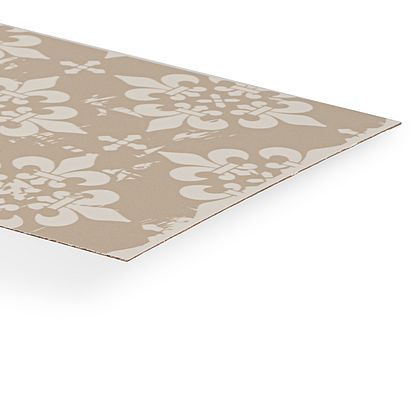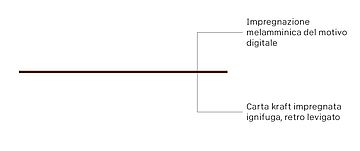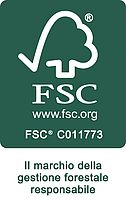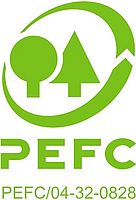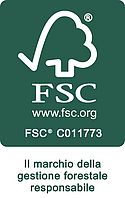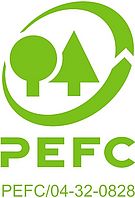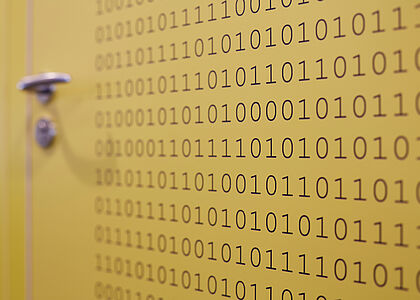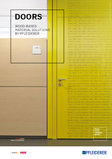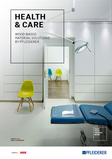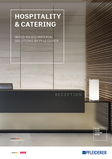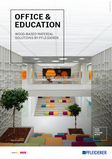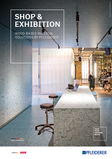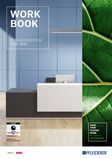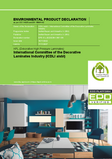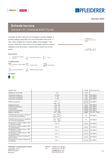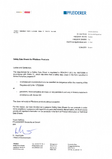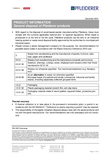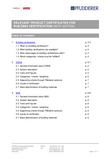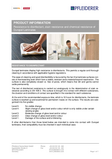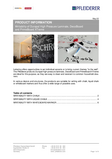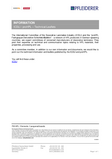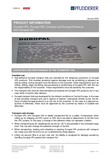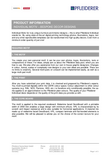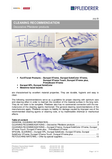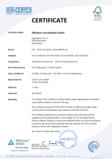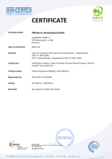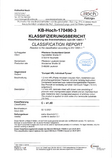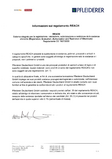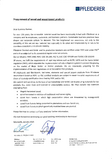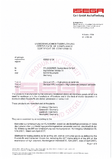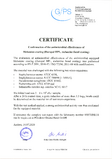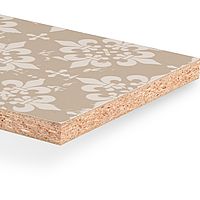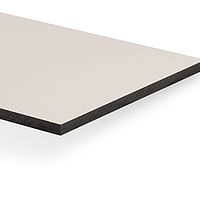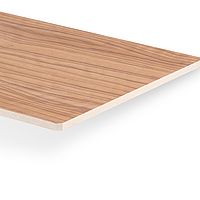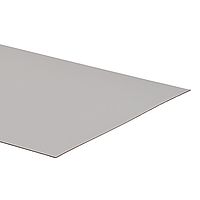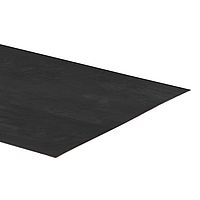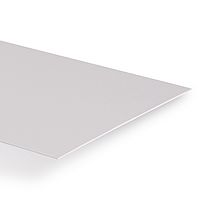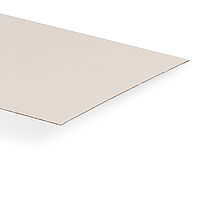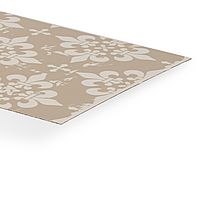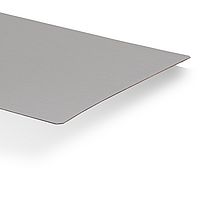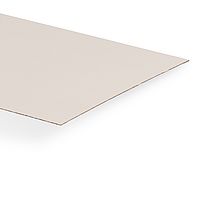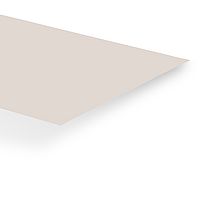Disponibilità
Panoramica dei formati disponibili
| Lunghezza (mm) | Altezza (mm) | Spessore (mm) |
|---|---|---|
| 2.800 | 2.070 | 1,2 |
Certificati & riconoscimenti
Caratteristiche
Campi d'applicazione
- Nel design d’interni laddove, oltre alla prevenzione al fuoco, vi siano esigenze specifiche in termini di elevata qualità e resistenza. Per rivestimenti pareti, componenti e mobili edifici industriali, commerciali e amministrativi, in strutture per il tempo libero e luoghi di riunione quali scuole, palestre, saloni per le feste, cinema, discoteche, alberghi, ospedali e case di cura.
Norma prodotto
- Rapportato alla norma EN 438-3
Massa volumica
- Min. 1.350 kg/m³
Reazione al fuoco
- Qualità ignifuga
- C-s1,d0 (EN 13501-1)
- In base al supporto e alla colla utilizzata, i pannelli bilaminati HPL possono differire da questa classificazione. Si consiglia di utilizzare un Duropal Pannello Pyroex bilaminato.
Classe formaldeide
- E1 E05
Effetto antimicrobico
- Superficie con effetto antimicrobico entro 24 h per il design di interni – Metodologia di prova JIS Z 2801 / ISO 22196
Sicurezza prodotto
- Questo prodotto è conforme al REACH CE 1907/2006 un materiale non soggetto ai sensi dell' articolo 7 e alla sua registrazione.
- In conformità al Regolamento (UE) N. 10/2011 la superficie si presenta fisiologicamente senza pericolo e adatta per un contatto diretto con gli alimenti.
- La superficie decorativa e l'anima si compongono di piú strati di carta impregnate di resine termoindurenti; queste resine si fondono completamente durante il processo di fabbricazione che sotto l'effetto del calore e dell'elevata pressione si da origine ad un materiale stabile, resistente e irreversibile.
Particolarità
- Formato massimo del motivo per pannello, trapping compreso: 2.750 x 2.030 mm. I motivi più grandi possono essere giuntati.
- Sezionatura non disponibile.
- In caso di produzioni successive, possono verificarsi scostamenti cromatici.
- Certificato FSC o certificato PEFC – disponibile su richiesta.
Corrispondenza colore e finitura
- Decoro, finitura e supporto influenzano l'aspetto finale del prodotto.
- A causa delle differenze specifiche del prodotto nelle varie tecnologie di produzione, anche perfetti abbinamenti di decori/finiture/supporti su diverse tipologie di prodotti e formati possono subire delle leggere modifiche ottiche e tattili. Tali differenze non costituiscono un difetto.
- La scelta della finitura superficiale, in particolar modo, ha un'influenza significativa sul risultato visivo, la percezione tattile e le caratteristiche tecniche del prodotto. Pertanto, l'effetto finale di un decorativo può cambiare quasi completamente a seconda della finitura prescelta. Inoltre, le propietá meccaniche sulla superficie del prodotto possono portare ad una maggiore percezione ottica di contrasto con i decori scuri.
- Per assicurarvi il miglior risultato possobile con i nostri prodotti e per chiarire in anticipo eventuali differenze saremo lieti di consigliarvi la migliore soluzione.
Ulteriori informazioni
Movimentazione
Lavorazione
- Si precisa che visto la sua naturale composizione, questo laminato si presenta con una struttura un pò piú rigida e fragile dei HPL tradizionali.
- Se possibile ogni motivo è rotondo serie prodotta con un'eccedenza di circa 15 mm e di conseguenza impostare segni di taglio.
- Le marcature di taglio dei motivi non sono vincolanti: prima del taglio, ogni formato dei motivi deve essere pertanto controllato.
- Non è possibile segare o formare i pannelli impilati.
- Un'assegnazione parallela dei motivi rispetto al bordo delle piastre di supporto non è possibile per motivi tecnico-produttivi.
- Prima di procedere alla lavorazione e al montaggio è necessario predisporre una normale situazione climatica. I locali devono essere climatizzati a seconda del successivo utilizzo.
- Per un risultato di taglio ottimale consigliamo di procedere come segue:
- utilizzare una lama per sega circolare con denti alternati con smusso, ad es. lama GlossCut della ditta Leitz
- si possono utilizzare anche lame per seghe per legno o con denti trapezoidali negativi
- regolare l'altezza della sega in modo ottimale
- utilizzare un gruppo pre-taglio universale
- prevenire lo sfarfallio del materiale utilizzando ad es. travi o profili pressori
- lavorare con un avanzamento inferiore rispetto a quello impiegato per i rivestimenti standard - Per segare e forare, utilizzare un supporto piano stabile.
- Si tenga presente che per un risultato perfetto è indispensabile che le lame siano ben affilate e che gli utensili scorrano senza impedimenti.
- I fori devono essere svasati. I fori passanti vanno maggiorati.
- Le tranciature e gli spigoli interni devono avere un raggio di min. 8 mm per evitare tensioni nella zona di taglio.
- Per evitare rigaggi è necessario utilizzare frese con un'elevata precisione di rotazione. La velocità di avanzamento va ridotta nelle zone vicino a bordi, spigoli e punti di taglio.
- Per la realizzazione di elementi multistrato è necessario applicare uno „strato inferiore di Individual HPL". Se si utilizza altro materiale per lo strato inferiore, si rischiano deformazioni.
- Ulteriori suggerimenti sulla lavorazione dei laminati sono disponibili presso il sito della ICDLI (www.icdli.com).
- In base all'applicazione e ai requisiti del materiale, si consiglia di effettuare prima delle prove.
Macchine ed utensili
- Lavorazione con utensili in metallo duro o lame al diamante sulle tradizionali macchine per la lavorazione del legno.
- Segehtti, punzoni e taglierine non sono adatti.
Installazione e montaggio
- Il materiale non è adatto per ambienti dove si potrebbero registrare significativi sbalzi climatici ed eccessiva umidità.
- Assicurarsi che tra tutti gli elementi montati sia garantito un sufficiente gioco termico. In caso di combinazione con altri materiali, considerare i diversi coefficienti di dilatazione.
- Ad installazione avvenuta, verificare che la possibilità di movimento del materiale del pannello sia sufficiente. I giunti vanno eseguiti con fughe e fori passanti maggiorati.
- Evitare l’ esposizione diretta al calore e conseguente essiccamento latente delle superfici tramite radiazione di luce, calore o correnti d’ aria provenienti da impianti di riscaldamento o condizionamento.
- E' molto importante provvedere ad un'esecuzione e ad un montaggio a regola d'arte conformemente alle ultime tecnologie disponibili.
- Ulteriori informazioni tecniche sugli HPL e/o laminati stratificati, sulle loro lavorazioni e consigli applicativi sono disponibili al sito www.ICDLI.com.
Stoccaggio, movimentazione e trasporto
- I pannelli devono essere conservati sempre in posizione orizzontale poggiando perfettamente a filo e con tutta la superficie su di un supporto piano, pulito a condizioni ambiente normali (temperatura 18-25°C, umidità relativa 50-65%).
- Conservare lontano da punti di passaggio, ad es. in aree destinate al carico/scarico.
- Proteggere dall'umidità e dall'acqua.
- Evitare l’ esposizione diretta al calore e conseguente essiccamento latente delle superfici tramite radiazione di luce, calore o correnti d’ aria provenienti da impianti di riscaldamento o condizionamento.
- Evitare l'esposizione diretta alla luce del sole o ai raggi UV, in particolare se si tratta di prodotti imballati con pellicola.
- I pannelli devono essere conservati sempre in posizione orizzontale poggiando perfettamente a filo e con tutta la superficie su di un supporto piano pulito ricoperto con una pellicola di plastica. Anche il pannello più in alto deve essere ricoperto con una pellicola e con un pannello di copertura che ricopra l'intera superficie.
- Garantire le stesse condizioni di conservazione anche quando si prelevano pezzi dal bancale.
- Uno stoccaggio verticale è sconsigliato.
- È da tenere presente che qualsiasi stoccaggio non appropriato, indipendentemente dalla sua durata, può deformare i pannelli in modo irreversibile.
- La presenza di corpi estranei e impurità tenaci nella pila di pannelli può causare danni o lasciare impronte sulla superficie.
- I pannelli non devono essere trascinati o fatti scivolare uno sull'altro, ma vanno sollevati uno alla volta manualmente o con l'ausilio di ventose.
- I pannelli accatastati devono essere trasportati su una base sufficientemente larga e solida come, ad esempio, pallet. I pannelli devono essere, infine, fissati per evitare spostamenti.
Salute e sicurezza sul posto di lavoro
- Indossare il dispositivo di protezione individuale (DPI) idoneo in base all’attività da svolgere.
- Durante la lavorazione con operazioni di taglio e levigatura, garantire un'aspirazione sufficiente.
Pulizia e manutenzione
- La superficie puó essere pulita con acqua ed un detergente delicato. Per rimuovere lo sporco più ostinato, seguire le raccomandazioni nel foglio tecnico "Cleaning of HPL surfaces" (www.icdli.com).
- Per la pulizia ordinaria è di norma sufficiente passare la superficie con acqua e un detergente delicato. Si possono utilizzare anche solventi quali, ad esempio, benzina solvente, acetone o diluente cellulosico (ad es. per rimuovere segni) in quanto queste sostanze non intaccano la superficie.
Smaltimento
- Recupero energetico presso impianti d'incenerimento industriali a temperature superiori a 700 °C.
Vuoi saperne di piú?
Mettetevi semplicemente in contatto con noi. Siamo a vostra disposizione.
